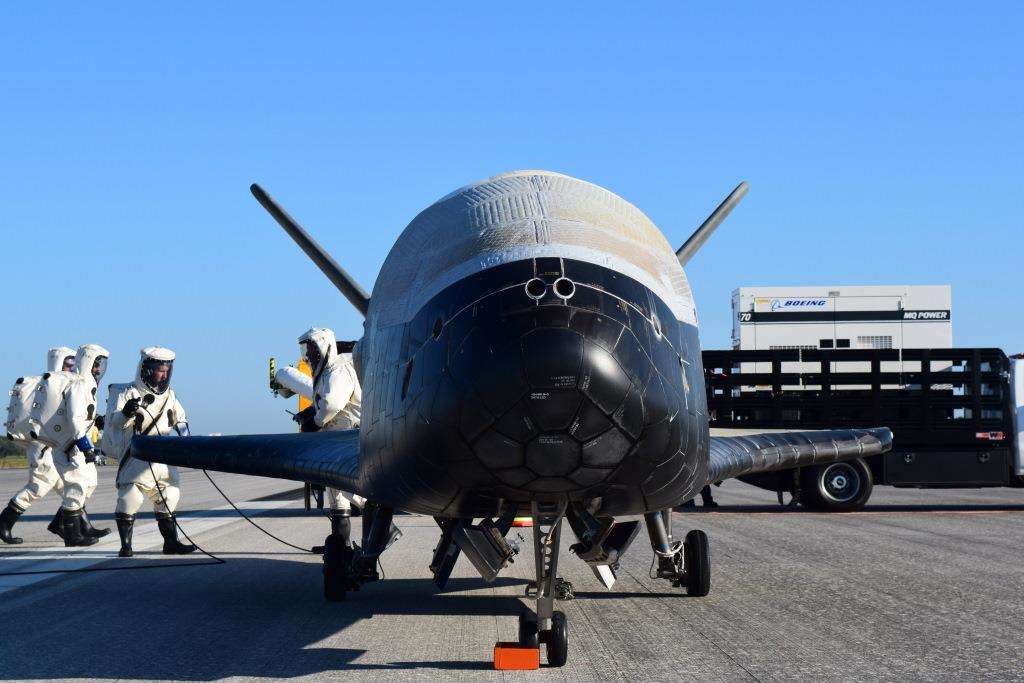The X-37B Orbital Test Vehicle mission 4 (OTV-4) landed at NASA’s Kennedy Space Center Shuttle Landing Facility on 7th May 2017. It was the first X-37B mission to land in Florida — all three previous OTV missions had returned to Vandenberg AFB in California.
The unmanned, reusable space plane conducted undisclosed on-orbit experiments for 718 days during its mission, extending the total number of days spent on-orbit by the two vehicles in the OTV programme to 2,085 days.
The 8.9m-long, 5t vehicle is designed for vertical launch on an Atlas 5 to low Earth orbit altitudes where it can perform long-duration space technology experimentation and testing. Upon command from the ground, the OTV autonomously re-enters the atmosphere, descends, and lands horizontally on a runway.
Managed by the Air Force Rapid Capabilities Office, the X-37B programme performs risk reduction, experimentation and concept of operations development for reusable space vehicle technologies.
The Air Force has successfully flown four X-37B missions, OTV-1 through OTV-4, beginning with its first launch on 22nd April 2010 from Cape Canaveral Air Force Station, Fla. Each of the two vehicles has flown two missions.
The USAF has released few details on the technologies being tested in the programme, other than to say that they include advanced guidance, navigation and control, thermal protection systems, avionics, high temperature structures and seals, conformal reusable insulation, lightweight electromechanical flight systems, advanced propulsion systems, advanced materials and autonomous orbital flight, reentry and landing.
The U.S. Air Force says it is preparing to launch the fifth X-37B mission from Cape Canaveral Air Force Station, Florida, later in 2017.

